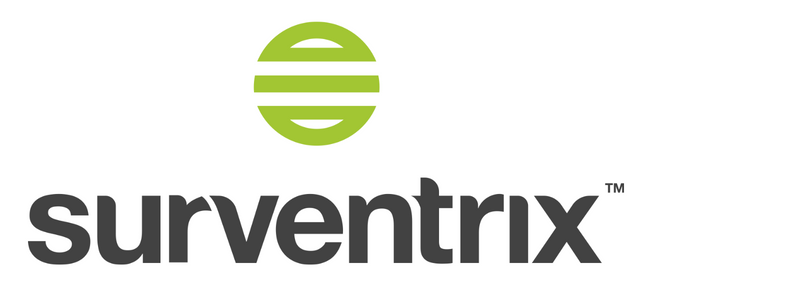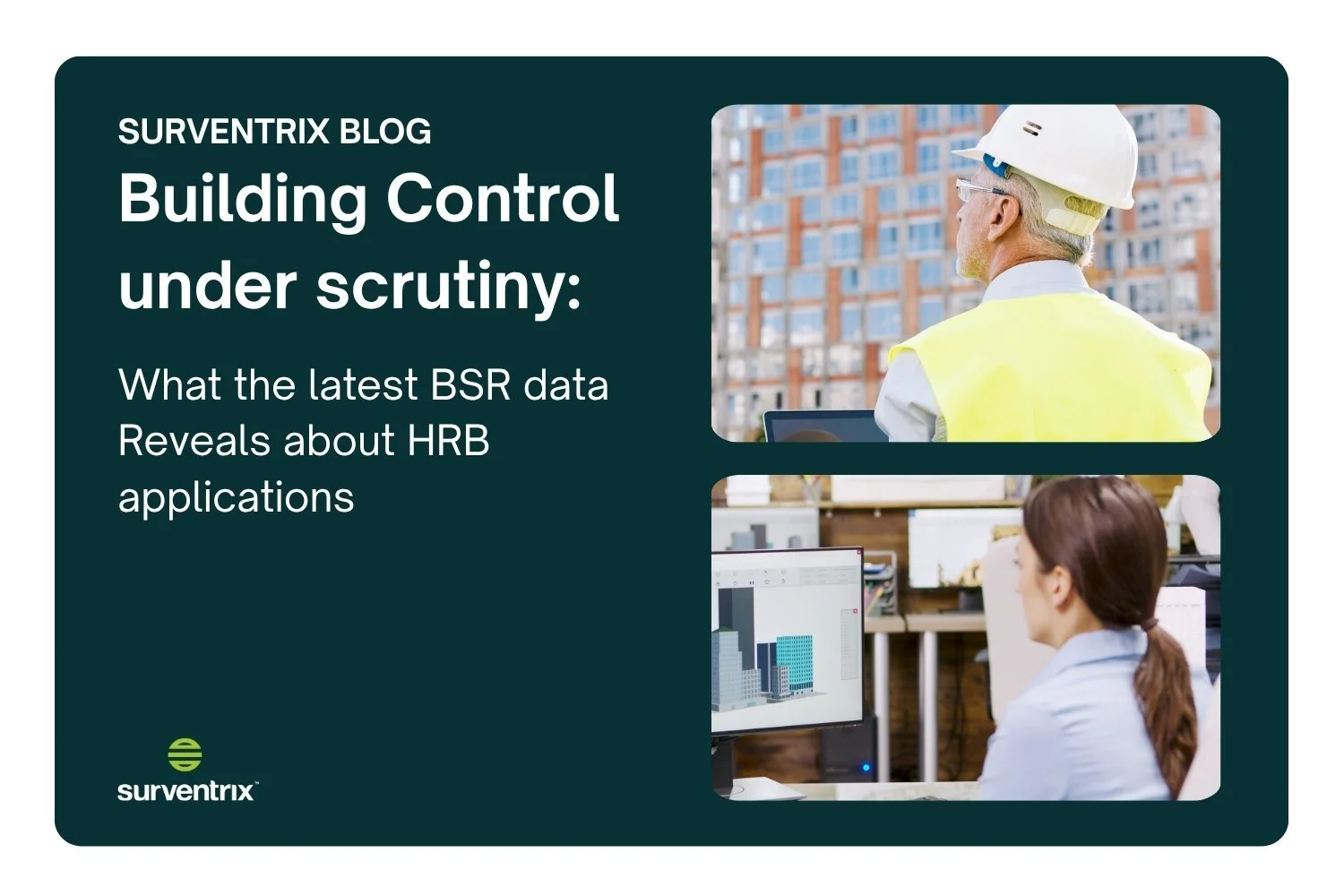Building Control Under Scrutiny: What the Latest BSR Data Reveals About HRB Applications
In a significant step towards greater transparency and accountability in the built environment, the Health and Safety Executive (HSE) has released the first comprehensive dataset from the Building Safety Regulator (BSR) covering building control applications for higher-risk buildings (HRBs) in England.
Spanning from October 2023 to March 2025, the data shines a revealing light on the state of compliance across the sector—and the results are eye-opening.
A System Under Pressure and Still Taking Shape
As of 21 March 2025, the BSR reported 1,019 open building control applications. While this signals growing engagement with the regulator, it also underscores the volume of work yet to be processed or resolved.
Perhaps most strikingly, 50% of applications for existing HRBs and 45% of new-build HRB applications were rejected—primarily for failing to meet legal and regulatory requirements.
Where Applications Are Falling Short
A deeper dive into the rejections reveals common and consistent issues:
Existing HRB Applications:
89% lacked sufficient detail
80% failed to meet legal requirements
50% proposed work that would contravene existing building regulations
43% described only a fraction of the actual work planned
New-Build HRB Applications:
73% did not meet legal standards
73% lacked the necessary level of detail
45% proposed work that would breach building regulations
Additionally, 27% of all applications did not demonstrate how design changes would be managed during construction—an essential part of maintaining safety and compliance throughout a project’s lifecycle.
The Golden Thread and Competence Still Not Fully Understood
Failures around the golden thread of information, change control planning, dutyholder clarity, and competence remain prominent reasons for rejection. With many applications still lacking mandatory occurrence reporting protocols, it’s clear that more industry education and upskilling are required to meet the regulatory bar.
As the BSR noted:
“This analysis can help industry better understand and address why their applications are not being approved.”
BSR Response: Improvements Underway
The BSR acknowledged processing delays, but said efforts to improve are already producing results. Thanks to recent recruitment drives, the number of decisions issued is now outpacing new applications, with decision rates doubling month-on-month since March.
A new Innovation Unit is in development, focused on accelerating and improving application processes for new homes, supported by additional specialist resource via the Ministry of Housing, Communities and Local Government (MHCLG).
Meanwhile, the formation of a Remediation Enforcement Unit (REU) is set to bolster the government’s response to cladding risk, with the ability to quickly assess remediation needs for registered HRBs.
Surventrix’s Perspective: A Call to Action for Industry
The message from the BSR is clear: the system is new and evolving, and the regulator is committed to working pragmatically with the industry. But compliance is a shared responsibility. The building safety ecosystem—from developers and architects to contractors and consultants—must raise the standard of submissions and embed safety and legal diligence at the heart of every application.
At Surventrix, we believe data like this should not just inform—it should inspire improvement. From leveraging our compliance tools to streamlining your golden thread management, our solutions are designed to help you not just meet the standard, but exceed it.
📊 Explore the Full Dataset:
Access the full BSR transparency data and analysis here.

